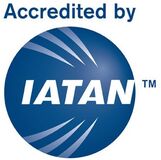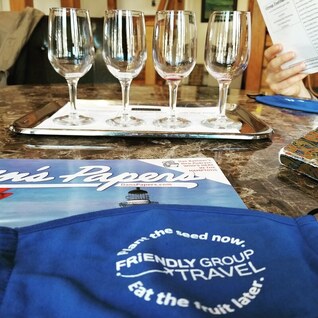 by Marcia Simon By industry standards, the North Fork of Long Island is still in its winemaking infancy. The region's viticulture reputation has been steadily on the rise since 1973 when its first commercial grape vines were planted. The region now boasts about 55 wineries and vineyards. Unlike Connecticut, where driving takes all day to follow the wine trail from Stonington to Litchfield, a 25-mile span along eastern Long island's north coast allows for easy stops for tastings, picnicking and musical entertainment in season. During a COVID-winter, the scene is surely different and very quiet mid-week, which is attractive to people more interested in the wines themselves. It's a quick getaway that is as COVID-safe as you make it. The North Fork is as laid back as Long Island gets. Its popularity as a destination is growing as the quality of its wines and oysters are added to restaurant menus across the country. This unpretentious east end of Long Island is less than 100 miles from New York City, and less than 90 minutes with a car on the Cross Sound Ferry from New London to Orient Point. The water, air and soil trifecta Surrounded by Long Island Sound, the Peconic Bay and salt water from the Atlantic Ocean, the North Fork is buffered from both warm and cold fronts. This unique climate protects grapes through a long growing season and gives winemakers more control over their harvests; they can pick their fruits at peak times for ripeness. The region's most popular varietals include Bordeaux-style reds – Cabernet Franc, Cabernet Sauvignon, Merlot and Malbec from which winemakers create their signature blends. Sauvignon Blanc and Chardonnay are popular whites, but even more inviting than a soft white is a glass of North Fork Rosé or Gewürztraminer, which many think of as sweet wines, but after tasting a few, it's safe to say that many are refreshingly light and dry. My two travel companions and I enjoyed tasting flights at multiple vineyards during a January road trip along Routes 25 and 48 between the towns of Peconic and Jamesport. We visited the grounds of several others, too to get a feel for their upcoming in-season outdoor scene and COVID-safety. Featured Vineyards Starting at Pellegrini Vineyards in Cutchogue, we were the only tasters at 12 noon. We tried four varietals and surprisingly preferred the easy-drinking, dry 2019 Rosé. Pellegrini's tasting room mixes old world charm with modern open space and technology. Guests are welcome to walk over to the adjacent building to view the stainless steel fermentation tanks, behind glass walls, used in the winemaking process. Pellegrini's winemaker is Zander Hargrave, son of Alex and Louisa Hargrave who were pioneers of the North Fork wine industry with their vines back in 1973. The largest of all the Long Island vineyards is Pindar Vineyards in Peconic, This family owned-and-operated vineyard is run by siblings Pindar, Alexander and Alethea Damianos. A fourth sibling, Jason, was an integral part of the family operation, too, and later opened Jason's Vineyard in Jamesport. An unfortunate car accident took Jason's life in 2015, and the Damianos family now operates Jason's as well as Duck Walk in Southold, which their father acquired in 1994. Remembering a blueberry port wine I tasted years ago at Duck Walk Vineyards, my travel companions and I stopped in to try it again. We also tried their Boysenberry Fruit Wine, which is not a port, but a very tasty after-meal sipper. The family patriarch, Dr. Herodotus Damianos, known as Dr. Dan, was an internal medicine physician by profession when his winemaking vision led him to purchase 36 acres of potato farmland in 1979 on which he planted his first Chardonnay grapes from California vines. Today, Pindar's 500 acres yield 17 varieties of grapes and more than 70,000 cases of wine every year. As large as it is, Pindar Vineyards' comfortable atmosphere provides a warm environment for tasting their popular reds such as Cabernet Franc, Pythagoras. We particularly enjoyed their Cabernet Sauvignon Reserve and Cabernet port. Pindar is among the pioneering vineyards of the North Fork sustainable wine movement away from chemical fertilizers and pesticides. Their massive composting operation combines lawn clippings from dozens of local landscapers, fish parts from a local seafood wholesaler, and their own grape skins. Tons of this rich organic compost is spread over the vineyard's sandy soil to enrich the grapes. COVID-19 Precautions Although some Vineyards are closed for winter, or operate on limited hours during the pandemic, the wineries we visited all took their safety precautions very seriously. Some offer tastings by reservation only; others accept drop ins, with occupancy limits. Mid-week in January, the tasting rooms were practically, and sometimes literally, empty; we felt very COVID-safe the entire time. Visitor traffic picks up on weekends, we were told, so mid-week is advantageous. Masks are required everywhere to keep staff and visitors safe. Travelers who want to venture out with their bubble (up to six people) before the crowds return for spring season can rent one of the Bergen Road Bungalows at Macari Vineyards. These private, cozy heated tents provide your group with four hours of relaxed tastings from the selection of flagship Macari wines paired with a locally prepared gourmet lunch overlooking the grape vines on this 180-acre vineyard. An Overnight Delight After tasting wines at four vineyards, we were ready to check in to the Sound View Hotel in Greenport, three miles west of the village, and a short ride from most vineyards. Arriving before sunset, we watched the sky's changing colors from the deck of our room. If you didn't know its story, you'd drive by Sound View, thinking this is still a 50s-era roadside motel. Now owned by Eagle Point Hotel Partners, renovations began a few years ago and are ongoing. Simple, rustic and modern all at the same time, this hotel feels beachy and upscale at the same time. All rooms provide waterfront views of Long Island Sound. It's so close to the water that you might get sea spray on your windows during a storm. The hotel's Halyard Restaurant had limited winter pandemic hours. However, the to-go menu includes plenty of tempting items available for room delivery. From chowder to chili, turkey-bacon wraps to fish and chips, local sea scallops, salads and a kids' menu. That night we were able to decipher the beacon patterns from Old Saybrook breakwater and the red blinking light that marks the channel by Duck Island in Westbrook. It's 14 miles across the Sound from this location and the winter wind on the water kept the sky clear across to Connecticut.
From Potatoes to Grapes Long before the first grape vines were planted on the North Fork, its rich fertile soil attracted potato farmers who moved east when suburban sprawl started to take over the land closer to the New York City. In the 1940s, about 80 percent of all farming on Long Island was dedicated to potatoes, according to potatonewstoday.com. Potato farming still exists on the North Fork. In fact, North Fork Potato Chips is a thriving business. Farm stands serve many of the local restaurants with fresh vegetables and fruits and season, and the oyster farms ship nationwide. But it's the grapes that are the North Fork's current attraction from a growing number of visitors. Marcia Simon, CTA, APR, is a Connecticut-based travel writer and advisor. Contact her at [email protected], on Instagram at friendlygrouptravel, facebook.com/friendlygrouptravel and Twitter @friendsgotravel.
0 Comments
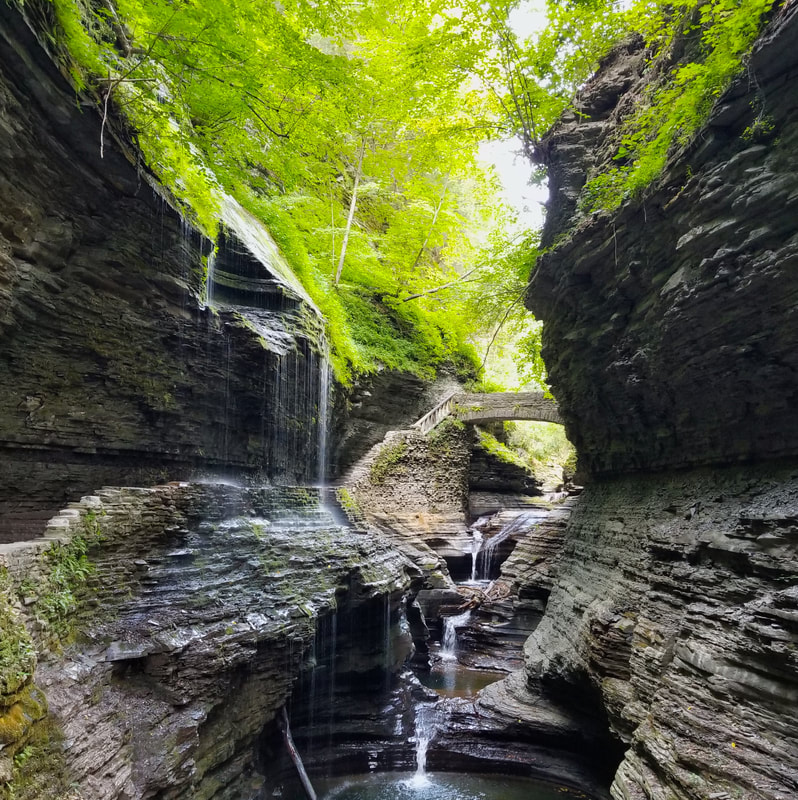 Rainbow Falls at Watkins Glen State Park Rainbow Falls at Watkins Glen State Park by Marcia Simon, CTA, APR Everyone needs a summer break, even during COVID-19. Having seen gorgeous photos of Watkins Glen State Park, it’s been on my hiking bucket list, so we loaded up the car on a Sunday morning and headed to the Finger Lakes. Traveling midweek instead of weekends means fewer crowds, better hotel prices and less traffic on the roads. Our first destination was Mount Morris, NY, where we checked into the Allegiance Bed & Breakfast, a 46-room Greek Revival mansion. Each of eight guest rooms is named for a local historian from the 1800s. The Allegiance B&B itself is named in honor of Francis Bellamy, a neighbor, who wrote the Pledge of Allegiance. Owners Steve and Glenda Luick are transplants from Los Angeles who dreamed of living their retirement years running a B&B where they could enjoy four distinct seasons and lots of country comfort. When they saw the building, they knew instantly that this was their place. What they didn’t know until after they moved in was that their home would ultimately develop a reputation as one of the most haunted houses in the world. The spirits are friendly and make themselves known only occasionally, but never to intentionally frighten anyone. Steve greeted us, wearing his COVID-safe mask, making sure we were wearing ours, and showed us around before taking us up to our room on the second floor. This is a great location for hikers who want to spend a day at Letchworth State Park. The B&B is located one mile from the park’s north entrance. There’s not a whole lot to do in the area, especially during COVID times when so much is closed. That’s okay, though. The B&B oozes laidback elegance, and after a short walk into town for a casual dinner, we found that sipping a glass of wine on the front porch was the perfect way to unwind before heading up for a comfy snooze. Letchworth State Park received the 2015 USA Today Readers’ Choice Award for Best State Park in the United States. It runs about 17 miles from top to bottom on either side of the Genesee River. Aside from the north entrance in Mt. Morris, you can enter the park from the south (Portageville) and west (Castile – the most popular gateway). With 14,000 acres and 66 miles of hiking trails, the Upper and Middle Falls are most popular, and most crowded, so arrive early to enjoy walking while remaining socially distant. The water level in the Genesee River, due to a hot, dry August, was relatively low. I imagine that in spring after the snowmelt, the park’s 30 waterfalls would be magnificent; autumn’s foliage would be simply breathtaking. Letchworth State Park is called the mini Grand Canyon of the East. The Genesee River has created a deep gorge bound on either side by cliffs higher than 500 feet in spots. White water rafting through Adventure Calls Outfitters was closed, possibly due to COVID-19 or possibly the fact that the water level was pretty low. Class 1 and 2 rapids make this a perfect activity for families with children or first-time rafters. You can find overnight accommodations inside the park at the Glen Iris Inn and its affiliated properties, with everything from motel-type cabins to balcony suites overlooking the Middle Falls. Make reservations early because the convenient location attracts tourists. Campsites can be reserved through the park. Letchworth State Park and Watkins Glen State Park both offer free admission this summer, with a modest parking fee for a full day. Both parks prohibit swimming in the gorges, partly due to safety concerns. Hiking is on well-defined trails high above the waterline. However, both parks have big, clean, family-friendly swimming pools. Aside from hiking, farming and incredibly bucolic scenery, the Finger Lakes are known for their vineyards, so off we went to explore the wine trail. Canadaigua Lake may have the most well-known wineries. There’s also a wine trail around Cayuga Lake. We headed for Seneca Lake, which has more wineries, almost 70, than any other lake in NY State. We started at the top in Geneva, with plenty of time to hit up three vineyards along the lake on our way down to the village of Watkins Glen at the bottom. First Stop on the wine trail… Belhurst Castle Winery, Inn and Restaurant (They also produce craft beers) overlooking the lake in Geneva. I was wondering how COVID-safe the tasting would be, but when I walked over to the tasting bar and picked up the menu, I was quickly scolded for not checking in with the host, and reminded that they’d now need to re-sanitize those two seating areas for someone waiting their turn. Oops. OK, no worries. I was happy to see the standard of cleanliness. Second Stop… Keuka Spring Vineyards in Penn Yan, proud to share their unoaked Seyval Chardonnay, Riesling and ice wines. The Finger Lakes are known for sweet whites, although the dry Riesling was quite nice. Jim at the bar was happy to tell us about the ice wine process. He collected our names and phone numbers for contact tracing, “just in case we need to notify you,” he said. That was reassuring. It was clear that extra space had been added to keep tasting parties (of two) distanced from each other. Glenora Wine Cellars in Dundee was next, with a restaurant and modernish accommodations overlooking the lake. We were just about 10 meandering minutes away from our destination – Watkins Glen Harbor Hotel at the bottom of Seneca Lake. If you want to stay on the water, this seems like the only choice for Watkins Glen. Because of the state park, there’s a demand for modest motels and camping. The park has 54 electric and 241 non-electric campsites. A few B&Bs seem interesting. This is the only large hotel with a dock for transient boats and indoor/outdoor waterfront dining. Arriving at Watkins Glen State Park before 8 am the next morning gave us sample time for hiking and photos before the crowds started rolling in around 9:30. For coronavirus safety, the famous Gorge Trail, with 19 waterfalls, is one-way up and then one-way down on the Indian Trail. It’s a good idea. All together it only takes about an hour and a half so we drove the two-minute ride to the other side of the river and hiked the South Rim as well… still getting back to the hotel in time for lunch. (Normally there’s a shuttle that runs between the park’s three entrances, but it’s not operating during COVID-time.) We discovered a small casual restaurant down on the waterfront, the Village Marina, that seems to be a favorite spot for locals. They have sandwiches and salads, plus a full page of local wines by the glass. Two miles from the hotel is Castel Grisch Winery. Their COVID-safe tasting flight is pre-poured, and you take the five samples outside where there’s plenty of space. Filling out contact tracing forms was required. All in all, we packed a lot into a four-night getaway, but it never seemed too busy. Driving around on quiet back roads was a real flashback to less complicated times, and just the break I needed to ease the anxieties of the never-ending coronavirus era. Other places to visit in Watkins Glen: Schooner True Love –for sailing experiences such as Sails & Ales and Wine & Winds on the Water. Unfortunately, they are not operating this summer due to COVID-19, but you can still buy a T-shirt online to show your support. Seneca Cheese Company – for artisan cheese, charcuterie, locally crafted wines and beers Watkins Glen International speedway – “The Glen” is closed for racing this summer due to COVID, but hoping to open to host the October 30 Finger Lakes Beer Festival featuring over 40 New York State breweries, distilleries and cideries. Marcia Simon, CTA, APR, is a travel advisor, travel writer and publicist. She plans small group and independent journeys as owner of Friendly Group Travel. During COVID-19, she shares safety information and updates. Visit friendlygrouptravel.com or connect at facebook.com/friendlygrouptravel Twitter @friendsgotravel Instagram @friendgrouptravel. 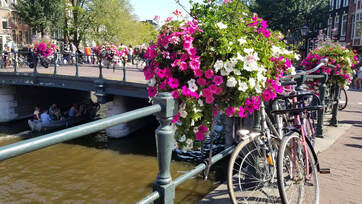 by Marcia Simon, CTA, APR Amsterdam, the capital city in the Netherlands, is known for its canals, bicycle culture and love for the arts. After all, this is home to Van Gogh, Vermeer and Rembrandt. And Heineken. Amsterdam’s tourist season begins in April when tulips generally reach their peak in Holland, which covers two provinces in the Netherlands. Summers are very busy, and August 2020 will be no exception with Sail Amsterdam, a once-every-five-year event that features tall ships from around the world accompanied by street food and entertainment, and also August’s annual 10-day Grachtenfestival for classical music, jazz, and music from other cultures. Off-season, on November 2, 2020 to be exact, the annual Amsterdam Museum Night gives you access to museums city-wide that stay open until 2 am. One wristband gets you in to all 50 participating museums. November also brings the Super-Sonic Jazz Festival to the city. For canal tours, the "best" time is April through October. Summers, of course, are warmest and also the most crowded. No matter what time of year you go, here are 10 Ways to Feel the Groove of Amsterdam, Holland:
Getting to Amsterdam is easy with flights arriving at the city’s Schipol Airport from around the world. A taxi from downtown Amsterdam will cost about 60 euros, while the train from the airport to Centraal Station runs every 10 minutes for 6 euros a ticket. The kiosks to purchase train tickets are located just after you pass the baggage carousels both inside the baggage claim area and outside once you clear customs. Trains and buses from Amsterdam take you throughout Europe. Marcia Simon, APR, CTA, is a PRSA-accredited public relations practitioner, and an IATA-accredited travel advisor. Connect through facebook.com/friendlygrouptravel, Instagram @friendgrouptravel or [email protected]. 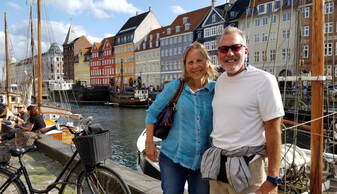 by Marcia Simon, APR, CTA Copenhagen is a fabulous walking city. Tip #1: Do NOT walk in the bike lanes. Unlike the United States, where cyclists are often forced to share roads with motor vehicles and pedestrians, bicycling in Denmark is a serious mode of transportation with designated lanes and traffic lights in urban areas. In Copenhagen, where more than half of all employees bike to work, wandering tourists walking into bike lanes can lead to injury, so pay attention to the bike lanes and stay clear. The train and bus systems make it very easy to get around Copenhagen without a car. Whatever your mode of transportation, here are 7 things to do in Copenhagen:
Leading the Way for Sustainability Denmark is a world leader in bringing sustainability to life, affirming the importance of the United Nations’ Sustainable Development Goals. Currently, 30 percent of all Denmark’s energy comes from renewable sources, including bioenergy, followed by wind, solar and geothermal energy, according to the Ministry of Foreign Affairs in Denmark. The country’s public and private sectors are both committed to achieving an energy system without fossil fuels by 2050. The enthusiastic Danish Society of Engineers, IDA, and is ahead of schedule on the project, and has a roadmap to implement the goal of a 100 percent renewable energy system by 2035. Playing On a Heap of Trash One of the steps towards Copenhagen’s goal of becoming the world’s first carbon neutral capital includes the opening of Amager Bakke, or CopenHill, planned as the new epicenter for urban mountain sport, offering year-round skiing and snowboarding on artificial snow. It includes the world’s tallest artificial climbing wall, running and hiking trails, and a café – all surrounded by a sprawling recreation area with water sports, soccer fields, and even a go-kart track. The clincher? CopenHill is built on top of the city’s new waste management and energy plant. Amager Bakke is considered the most efficient waste-burning and energy-generating plant in the world, and is expected to power and heat 160,000 households across Copenhagen. Getting Away From the City As beautiful as Copenhagen is with its waterways and happy vibe, seeing the outlying countryside is part of the Danish experience. Whether you travel by bicycle, car, train or bus, here are 5 day-trips that take you outside Copenhagen’s city center:
Marcia Simon, APR, CTA, is a PRSA-accredited public relations practitioner, and an IATA-accredited travel advisor at FriendlyGroupTravel.com. Connect through facebook.com/friendlygrouptravel, Instagram @friendlygrouptravel or [email protected]  by Marcia Simon, APR, CTA How can a town originally settled as “Eden” be anything but beautiful, comfortable, and as welcoming as the nature that surrounds it? Such is the lure of Bar Harbor, Maine. At the footstep of Acadia National Park, Bar Harbor attracts millions of visitors every year – from hikers, bikers and boaters to artists, musicians and people who enjoy fresh lobster, casual fine dining, local craft beers and warm hospitality. Here are 10 Fun Things to Do in Bar Harbor:
For the remainder or 2018 and part of 2019 road construction is ongoing for a half mile near a strip of hotels and the park entrance on Route 3. The inconvenience is minor compared to the rewards of the improvement plan, which will add paved bike lanes, new sidewalks and safer crossings to the water. For help planning your visit to Bar Harbor and Acadia National Park, email [email protected] or call 860-399-0191. Marcia Simon, APR, CTA, is a travel writer, IATA-accredited travel advisor and principal of MSE Public Relations - creating small group travel experiences and unique promotional opportunities for brands, products, destinations and – above all – travelers. Everyone gets added value. by Marcia Simon, CTA, APR
Martha’s Vineyard, just four miles off the coast of Cape Cod, has become an increasingly popular destination, and therefore more crowded, over recent years. Even so, a day or two can easily trigger the magic power of island life to soothe the soul and take you away from the troubles of the world. A New England gem, about 25 miles long and nine miles wide, Martha’s Vineyard is an easy ferry ride from either mainland Massachusetts or Rhode Island, as well as from Montauk on the east end of Long Island. Whether by car or bicycle, wherever you go on the Vineyard you’re likely to see water along your journey. The island has a whaling history you can still feel – from the widow walk rooftops looking out over an expansive horizon, to the large metal whale blubber pots that now serve as flower planters that adorn the porches of museums and inns on the island. Fishing today via charter trips is focused on bonita, tuna, shark and marlin (in certain seasons.) It’s quite common to see men with pickup trucks and boys with bicycles packed with fishing reels heading for the water’s edge to surf cast in hopes of snagging a big striped bass. Edgartown, known as the most affluent part of the island, seems a lot more casual today than it was 10 years ago, as millennials with yoga pants and baby strollers outnumber baby boomers in pink pants and pearls. Oak Bluffs attracts more of the drinking crowd, but no matter where you go on Martha’s Vineyard, it’s easy to chill and relax. High season starts right after Memorial Day and goes through September, which has become a big month for weddings on the island. October’s weather is usually still warm, with sweater-weather nights, and weekend hotel rooms offering lower rates and availability. Getting around the island is easy with the Martha’s Vineyard Transit Authority bus system. They have a few spaces for bicycles. So, whether you take your car, a bike or just walk aboard a ferry to Vineyard Haven or Oak Bluffs, remember to travel light in mind, spirit and luggage. Here are 10 Great Things to Do on Martha’s Vineyard
Marcia Simon is a writer/blogger, travel agent and principal of MSE public relations. Connect at friendlygrouptravel.com, facebook.com/friendlygrouptravel, @friendsgotravel or send email to [email protected]. MSE specializes in traveltech, health and wellness. mseusa.com. |
AuthorMarcia Simon, CTA, APR, has been exploring new places since she was 17 years old and traveled around Europe on a Eurailpass with her best friend. Decades later, she still considers travel the best investment of time and money she's ever made for herself and her family. Categories
All
|
|
SIGN UP NOW FOR OUR NEWSLETTER WITH TRAVEL TIPS, IDEAS AND SPECIAL OFFERS
|

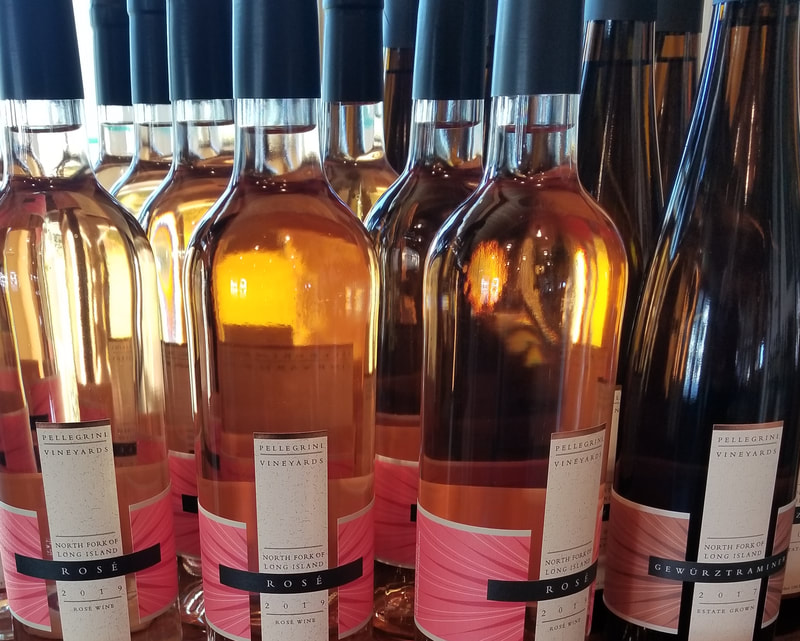
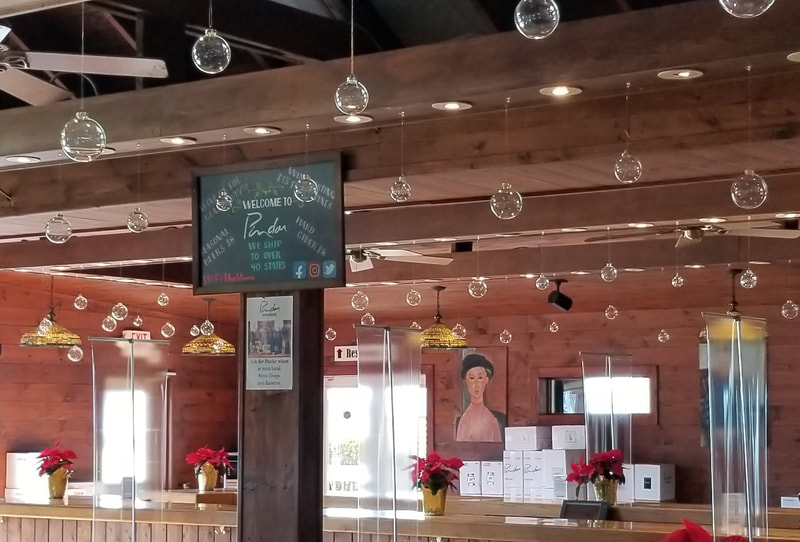
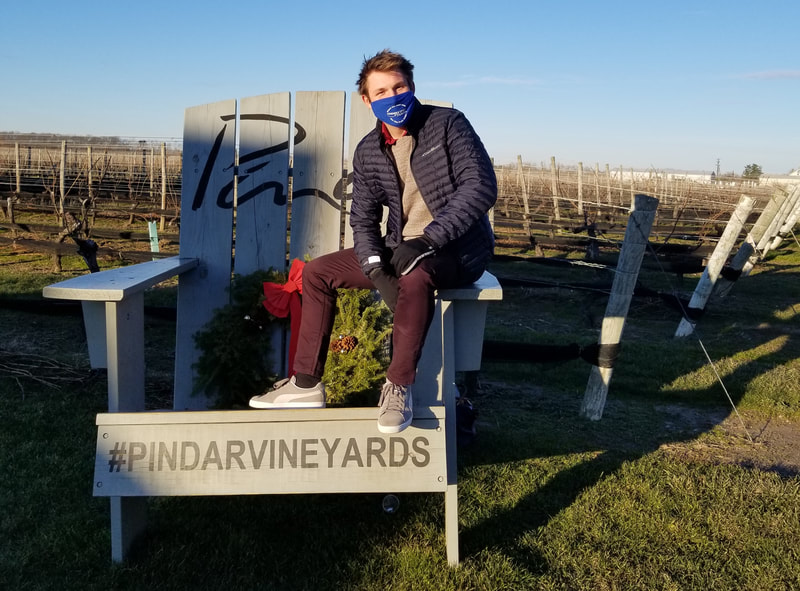
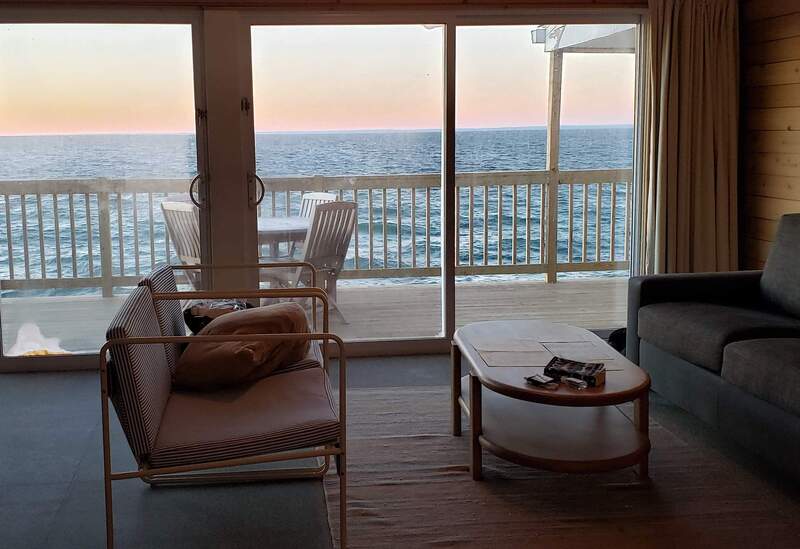

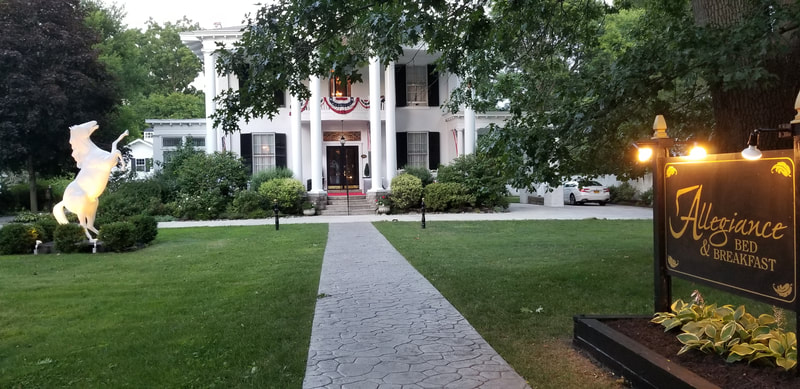
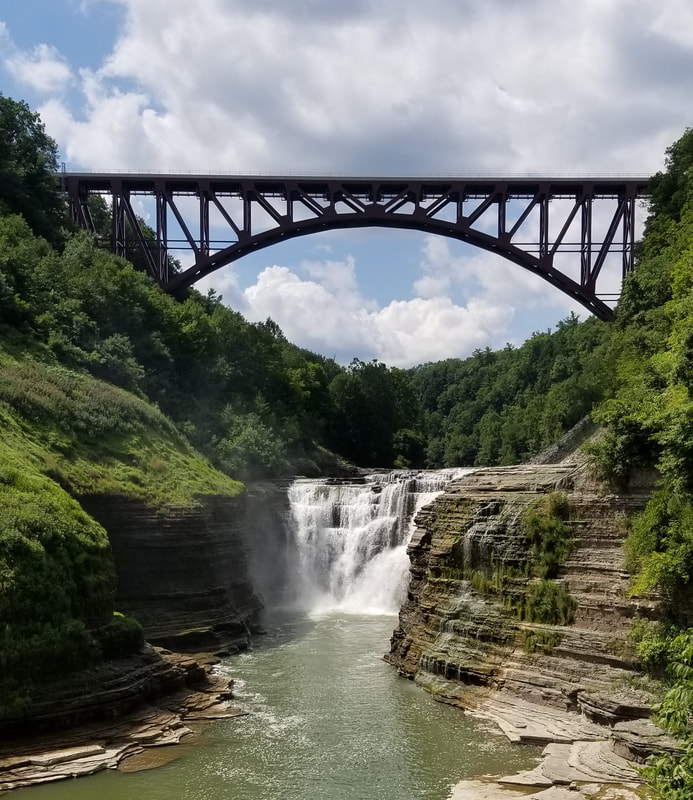
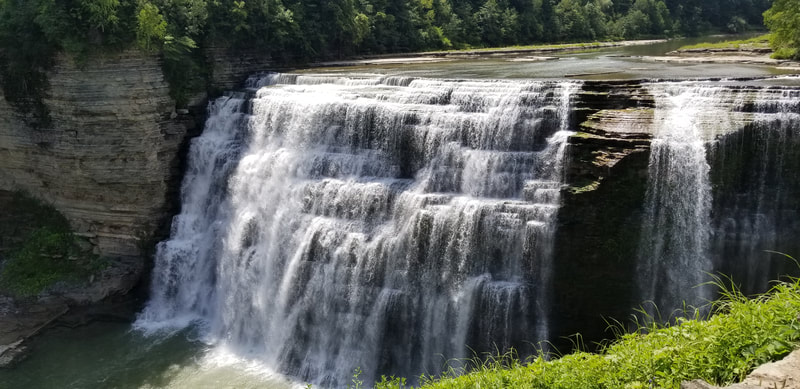
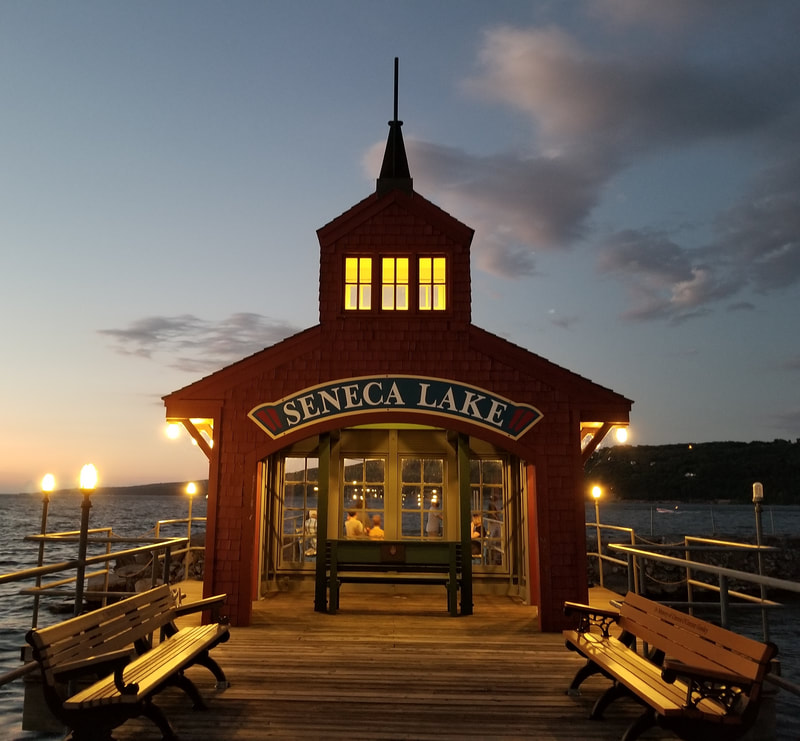
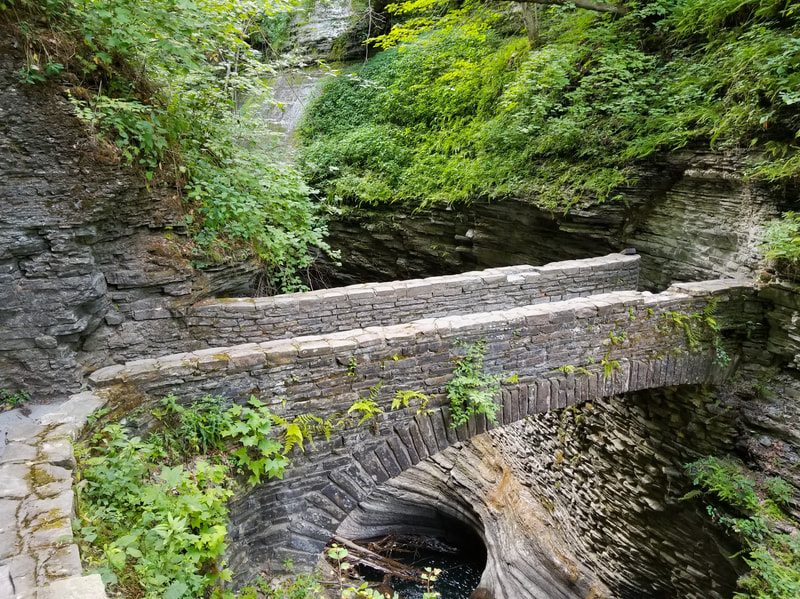
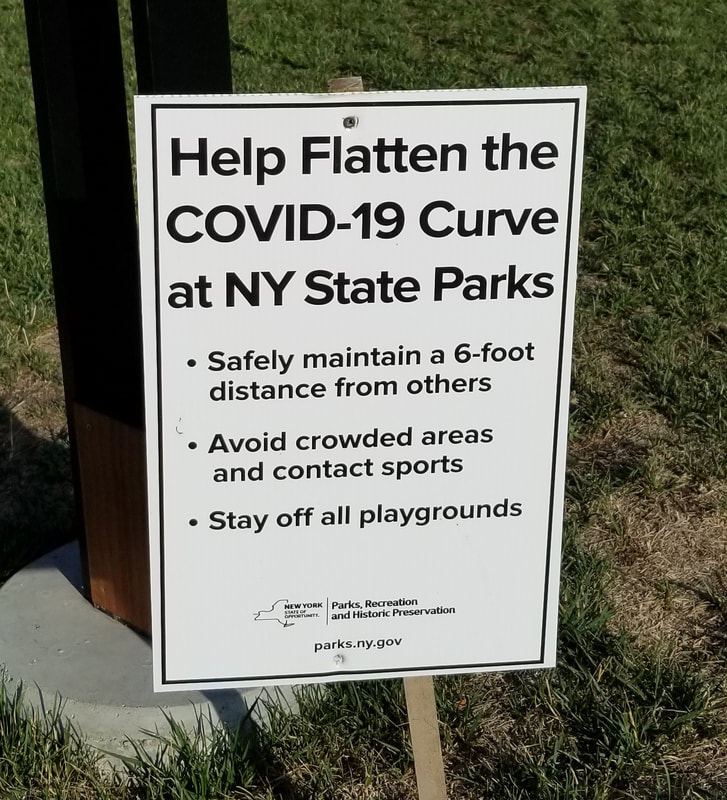
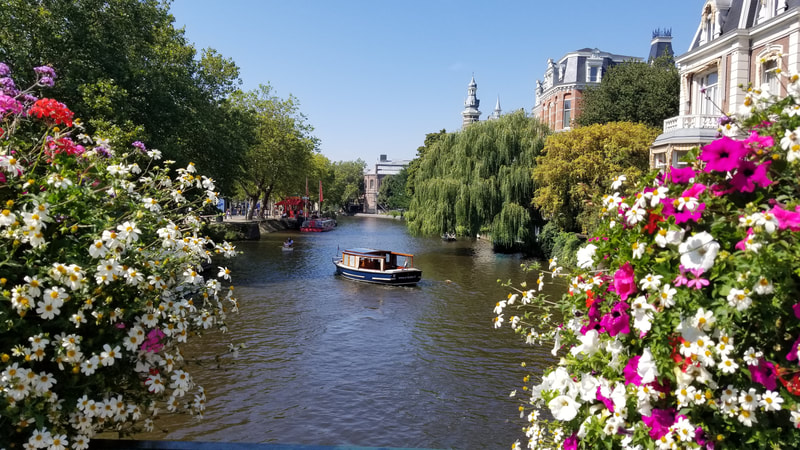
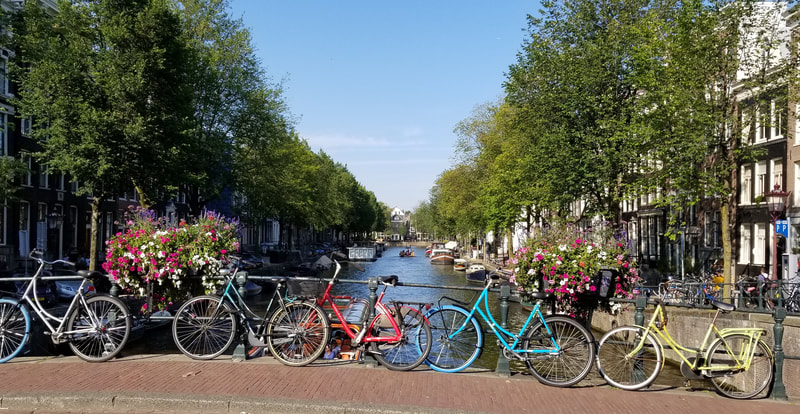
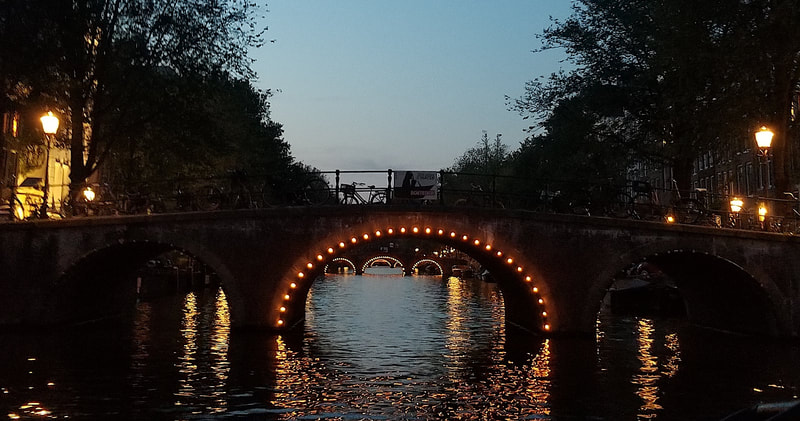
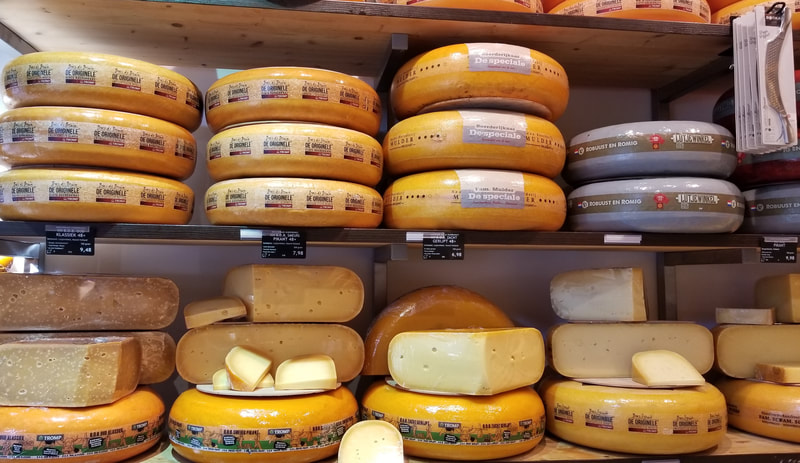
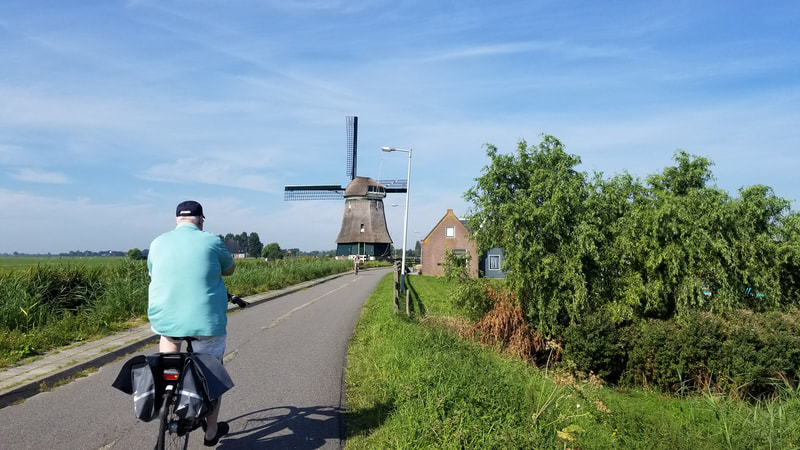
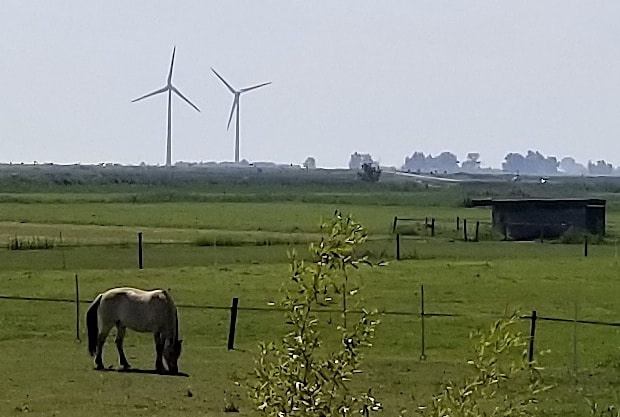

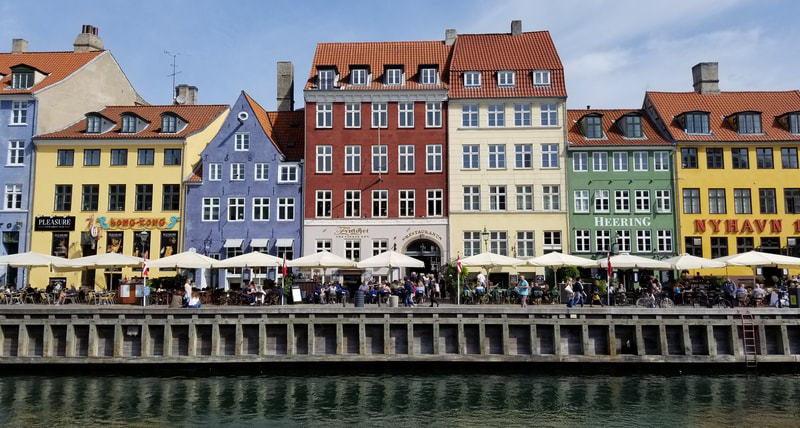
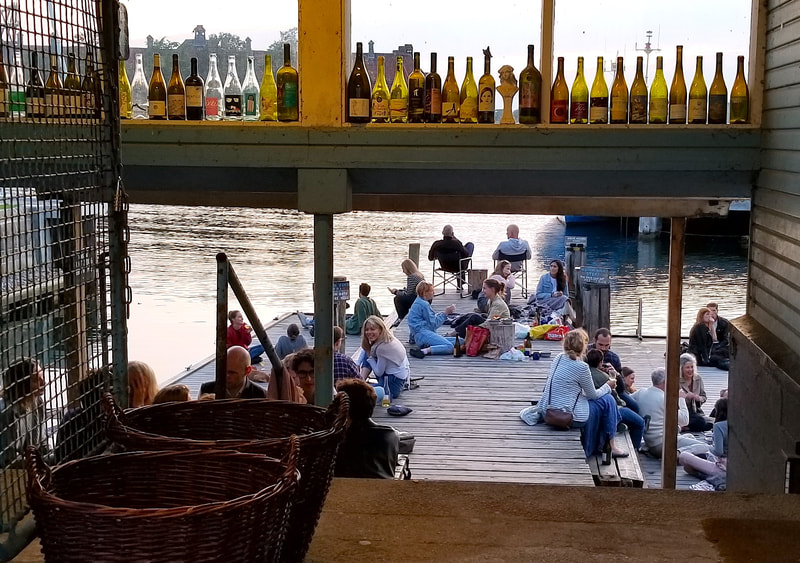
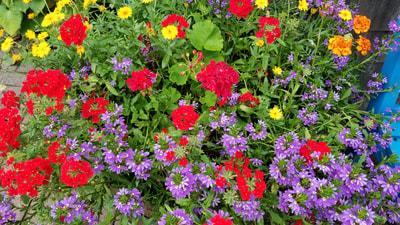
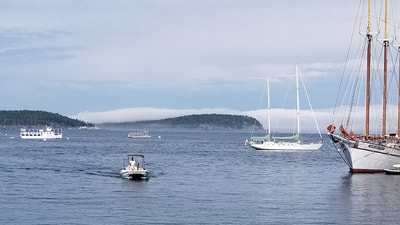
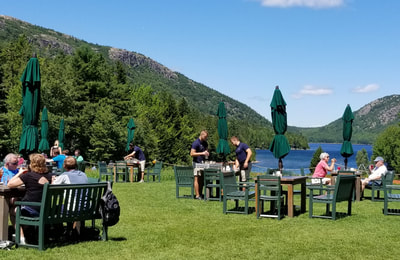
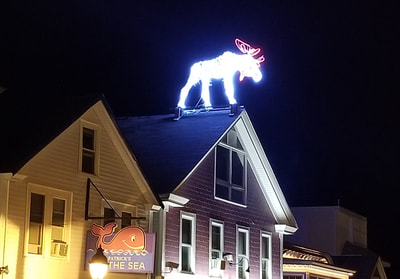
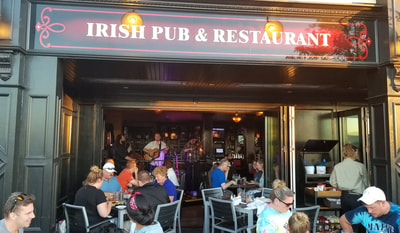

 RSS Feed
RSS Feed

